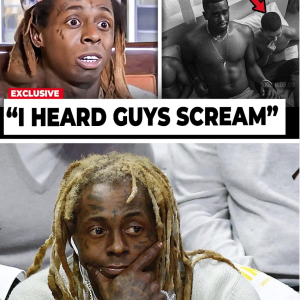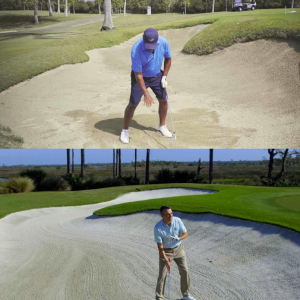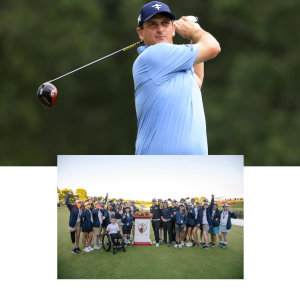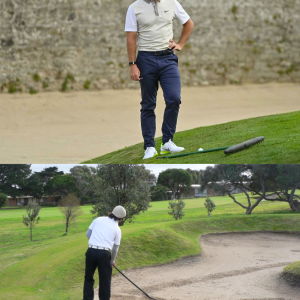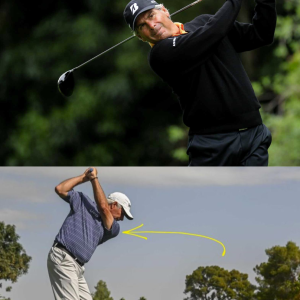I’ll always remember my first visit to Jeffersonville Golf Club. After all, who can forget stepping onto a small stone bridge over a creek and, as soon as your foot hits the surface, seeing a handful of snakes slither away underneath the ivy?
It wasn’t until a few years later, when my high school hosted our tryouts at the municipal course in West Norriton Township, Pa., about 35 minutes outside of Philadelphia, I realized what a stunning layout it was. It wasn’t long until the golf world started to notice too.
Jeffersonville Golf Club, with a peak rate of just $80 on the weekends (with or without a cart), features prominently on GOLF’s first list of America’s best golf courses you can play for $100 or less.

But its transformation from a dried-out, non-descript public course to one of the country’s best values didn’t happen overnight.
The beginning of Jeffersonville’s current era can be traced back to 2000 when the township, which had been operating the 1931 Donald Ross design for the past 28 years, brought in Ron Prichard to restore the course to its Ross glory. This included adding more than 40 original bunkers, installing a modern irrigation system and rerouting the layout to finish with the strong par-4 17th and par-5 18th.
For a few years, the course shined as one of the few gems of Philadelphia-area public golf, but it wasn’t long before the track fell victim to the 2008 financial crisis. The township wasn’t able to put its resources into the course.
It was around that time I had my encounter with some slithery friends while playing the 8th hole (which still makes me think twice every time I walk over that bridge).
When I returned as a high schooler, I started to appreciate the shots presented by the course. Take the 8th hole for an example, a 195-yard par-3 that plays to a slopey small green placed just above a stream and surrounded by trees. Or the 18th, which requires you to cut corners over trees and bunkers twice in order to reach the green in two, and even then, you must leave your ball on the left side of the hole due to the severe right-to-left pitch of the putting surface.
By that time, the money wasn’t there to maintain the course the way longtime superintendent Rich Schilling wanted. The greens were slow, the rough was spotty and some of the bunkers, even the ones added back during the restoration, had faded back into the earth.
That was 2012, which was also the same time the township hired a new manager, Jason Bobst, who wanted to reinvest in the golf course.
“When he came on board, he really allowed [director of golf] Mike [Housley] and myself to do what we thought we needed to do to bring the golf course to where it is today,” Schilling said. “And we slowly chipped away at little pieces of the property that were in decline and built on what we had.”

